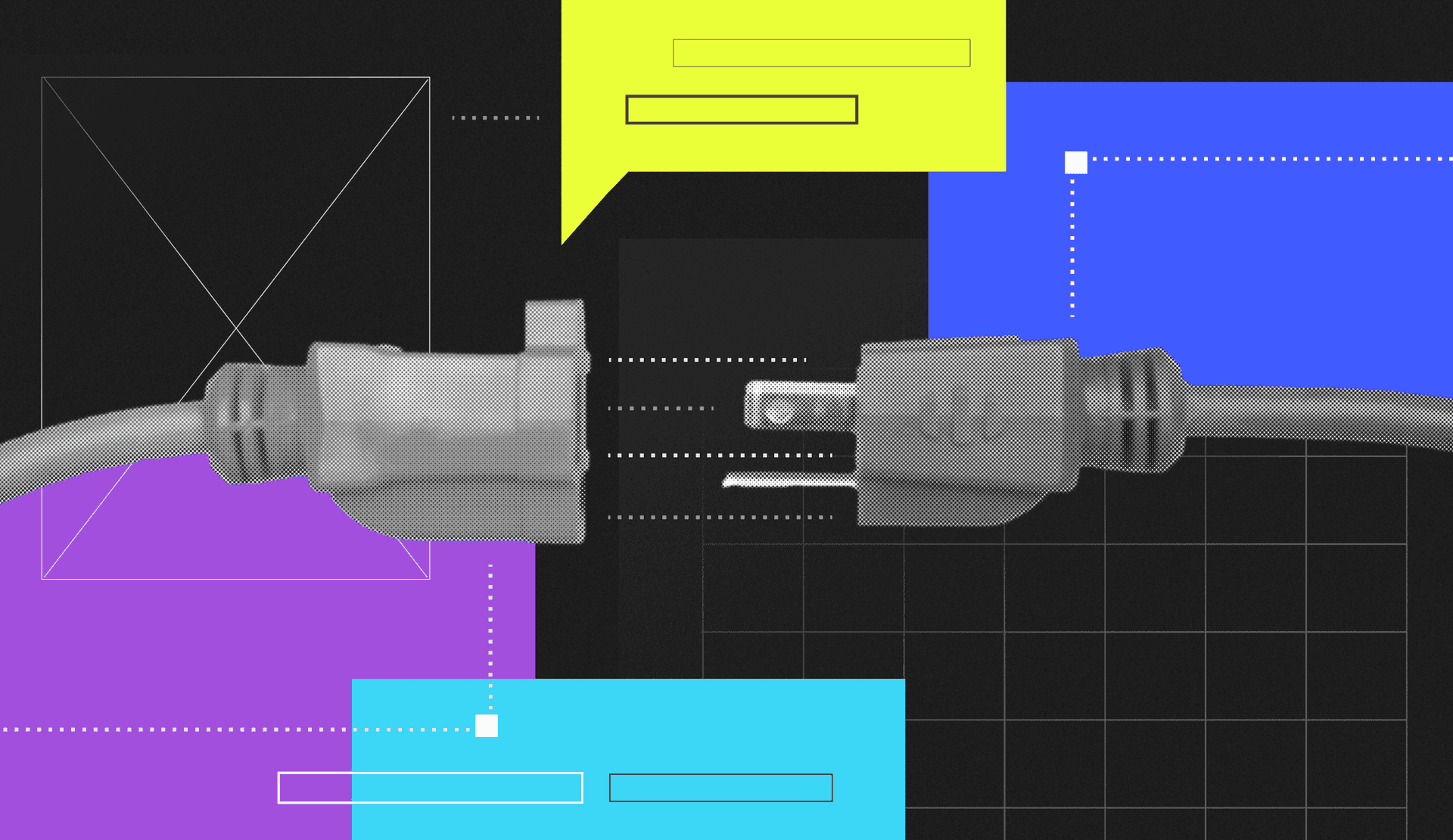LaunchDarkly provides a wide range of integrations to help solve problems within your organization, including integrated development environment (IDE) connectors, workflow management tools, and more.
Three common challenges our customers solve with integrations include:
- Keeping your teams informed about flag changes
- Diagnosing flag-related performance changes
- Automating application performance management
Let’s look more closely at each of these.
Keeping your teams informed about flag changes
Imagine you’re working on a new checkout flow for your website. With several teams working on different aspects of the project, it can be hard to make sure everyone is up to date with the state of your related flags.
To solve this communication challenge, you’ve tagged all of your relevant flags with the tag checkout_flow . Then, you created a #new_checkout_flow chat channel in Slack, and subscribed the channel to any flag changes tagged checkout_flow. When someone updates a flag, either directly in LaunchDarkly or through Slack, Slack sends a notification of the change to your channel, and everyone is kept in the loop.
You can use filters to send notifications to a project channel about a specific subset of flags, and set up multiple chat integrations with different policy filters. For details on how to set up this integration, read our flag changes use case guide.
Diagnosing flag-related performance changes
Let’s say you monitor your app performance using New Relic One. You notice on the Errors dashboard that you're seeing an increase in HTTP 500 errors. This is cause for concern. Your team recently started a database migration, and you wonder if the increase in errors is related.
Flag change events in your production environment create new deployment events in New Relic One, so you navigate to your Deployments page to see if the 500 errors started when you turned on the migration flag. As you suspected, the errors began around the time your team toggled on the flag. You toggle the flag off until the issues can be addressed, and your HTTP response code errors return to their normal levels. Crisis averted.
You can set up multiple APM tool integrations with different policy filters to monitor different aspects of your app performance. To learn how, read our performance changes use case guide.
Automating application performance management
Imagine you're releasing a new feature in your app. You have thoroughly tested in production using feature flags, but you know there is the possibility the change could have a negative impact on your application’s performance.
In the above example, you were able to confirm that HTTP 500 errors appeared unexpectedly as a result of turning on a flag. To mitigate that, you disabled the feature until you could put a fix in place. But what if you didn't want to manually monitor your app performance, or the error spike happened in the middle of the night?
You can use flag triggers to set up automation that disables a flag when a chosen metric goes above a certain threshold in your APM tool. That way, negative effects from the flag change are mitigated until you can address the root cause.
Automating a flag toggle change when a certain limit is breached is known as a "circuit breaker." To learn how to set up a circuit breaker, read our automation use case guide.
For an overview of all available LaunchDarkly integrations, read our guide, "Using LaunchDarkly integrations."

.jpg)



